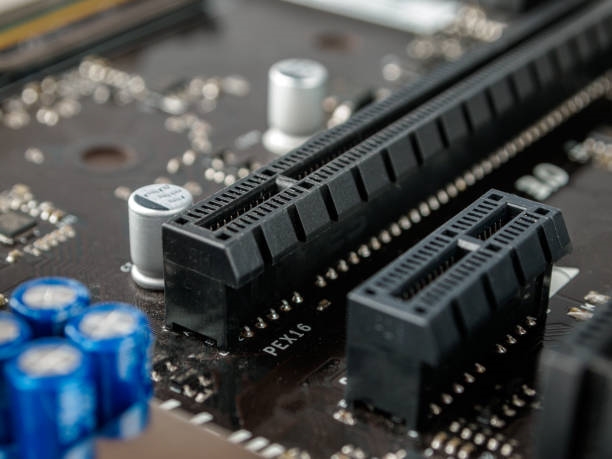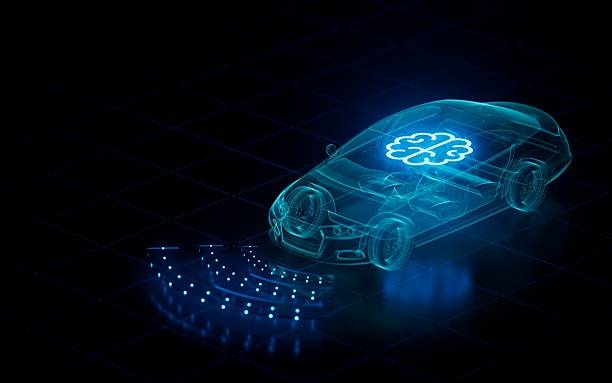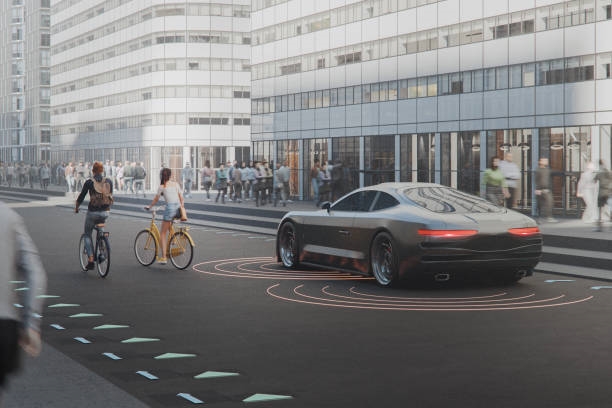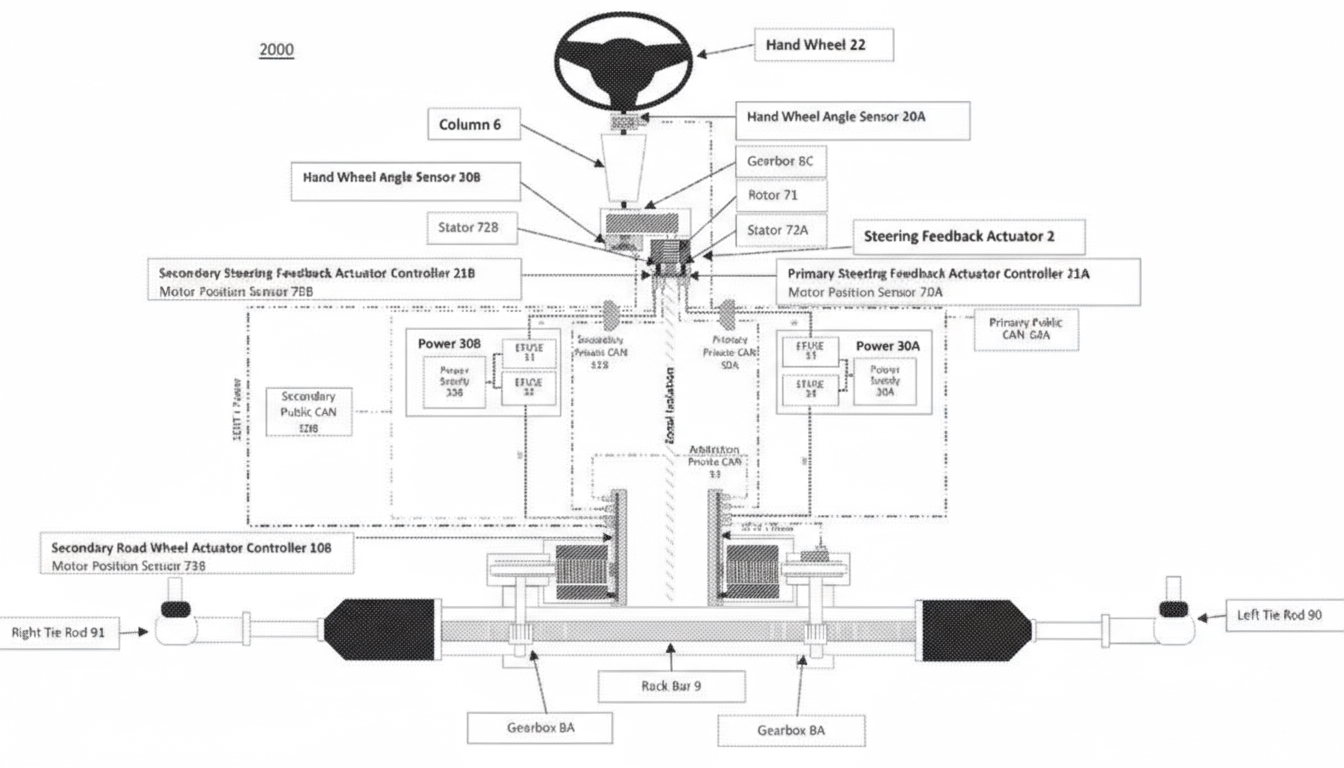Connected vehicles, integral to the Internet of the Automotive Industry, enable data sharing with devices and users via software and network connections. These vehicles interact with smartphones, infrastructure, and other vehicles, enhancing functionality and safety.
Historical Evolution
In 1946, the U.S. connected vehicle communication systems to the public switched telephone network using VHF mobile radios. By the 1950s, manufacturers like Motorola and General Electric introduced operator-assisted dialing for public vehicles. The 1970s saw in-car phones integrated with vehicle batteries, though these were not portable. The advent of analog cellular service in 1984 and digital services in the 1990s made personal cell phones affordable, reducing demand for built-in car phones.
In 1996, General Motors introduced OnStar, the first mass-produced connected vehicle system, enabling calls to emergency services during incidents like airbag deployment. By 2018, Europe mandated eCall, a similar service, for all new vehicles as part of the telematics control unit.
Modern Vehicle Systems
Advanced driver-assistance systems (ADAS) in modern vehicles offer collision warnings and lane-keeping features. Electric vehicles rely heavily on computer-controlled systems, with software updated wirelessly to maintain optimal performance. Intelligent transportation systems (ITS) enable traffic signals to broadcast their status, allowing vehicles to anticipate changes.
Autonomous Vehicles
Vehicle-to-vehicle (V2V) communication supports the vision of autonomous driving. Autonomous vehicles are operational in industries like mining, with Caterpillar¡¯s autonomous trucks transporting over 3 billion tons of material by 2021. Notable examples include Waymo¡¯s autonomous taxi service in San Francisco (2021), Scotland¡¯s autonomous bus service (2023), and Sweden¡¯s electric autonomous ferry in Stockholm (2023).
Telematics
Telematics, combining telecommunications and informatics, uses wireless communication to enhance vehicle safety and passenger experience. Technologies like Bluetooth and ultra-wideband (UWB) allow key fobs or smartphones to lock or unlock vehicles, meeting growing demands for connectivity and convenience.
C-V2X and DSRC
Cellular vehicle-to-everything (C-V2X) leverages 4G LTE, 5G, and future 6G technologies, encompassing all 3GPP V2X standards. C-V2X supports direct (network-independent) and indirect (network-based) communication. Dedicated short-range communication (DSRC), based on the 802.11p standard, has a typical range of 300 meters, while C-V2X offers 20¨C30% greater coverage and better performance in obstructed environments. Both broadcast critical data like position and speed, but DSRC and C-V2X protocols are not interoperable.
Key Organizations
Intelligent transportation systems (ITS) use sensing, analysis, and communication technologies to improve safety, mobility, and efficiency. The 5.9 GHz band is reserved globally for V2V communication, supporting low-latency connections without cellular networks. Organizations driving V2X standards include:
- GSMA: Represents mobile operators, collaborating with automakers and regulators to grow the connected vehicle market.
- 5G Automotive Association (5GAA): Develops end-to-end mobility solutions since 2016, uniting automotive and tech industries.
- ETSI-ITS: Sets standards for V2V and V2I communications.
- European Automotive and Telecom Alliance (EATA): Enhances mobility solutions.
- CAR 2 CAR Communication Consortium (C2C-CC): Promotes cross-border, cross-brand wireless communication, involving OEMs like GM and Volkswagen.
- Automotive Electronics Council (AEC): Establishes automotive component standards (e.g., AEC-Q100, AEC-Q200).
- IEEE: Defines the 802.11p standard for DSRC in vehicular environments.
These organizations collaborate to advance V2X technologies, paving the way for global vehicle connectivity and autonomous driving.
 ALLPCB
ALLPCB







